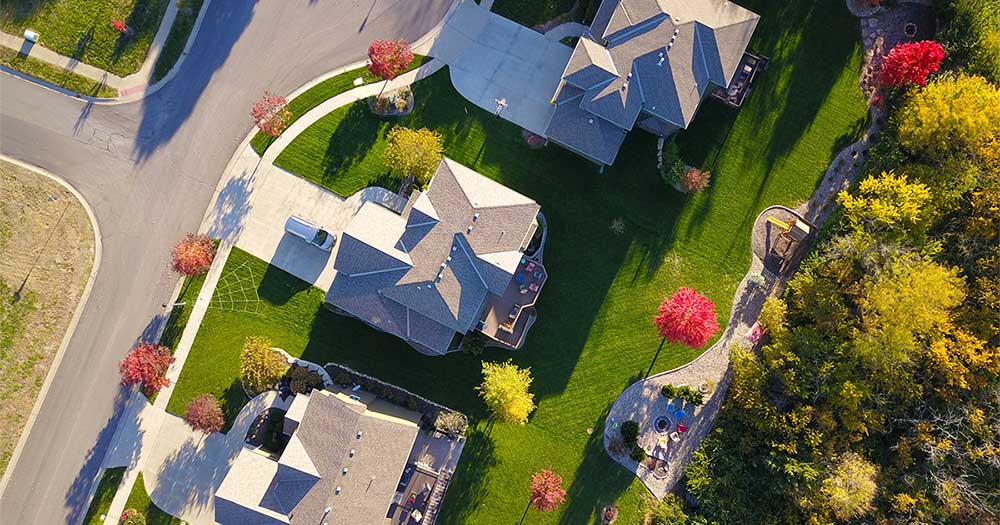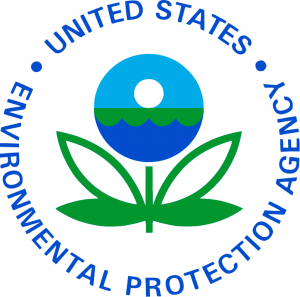Vapor Intrusion Assessment & Mitigation
WE ASSESS VAPOR INTRUSION AND DESIGN VAPOR MITIGATION SYSTEMS TO RESTORE HEALTHY AIR QUALITY.
When volatile organic compounds (VOCs), such as chlorinated solvents or petroleum products, are released into the soil and groundwater, they can mix to form a soil gas plume. When the gas moves towards or into buildings, it is known as vapor intrusion (VI). Vapor intrusion can impact public health and property values.
Our nationally recognized vapor intrusion experts are at the forefront of the scientific community. VI regulations and guidelines are constantly being revised and updated by both regulators and independent scientific establishments. Our experts are sought-after as technical VI advisors to evaluate VI exposure pathways, even for other environmental consultants.
We conduct vapor intrusion assessments, evaluate potential VI exposure pathways, manage associated risks, and assess compulsory responsibility. We specialize in designing and installing vapor mitigation systems, such as Sub-Slab Depressurization Systems (SSDS) and Sub-Membrane Depressurization Systems (SMDS) to mitigate releases of chlorinated solvents, radon, and carcinogenic compounds, such as tetrachloroethylene (perc, PCE), trichloroethylene (TCE), vinyl chloride, and benzene. Our mitigation systems satisfy EPA, State, American Association of Radon Scientists and Technologies, and the National Radon Proficiency Program (AARST) guidelines to restore healthy indoor air quality.
EnviroForensics has advanced training in design and installation of radon control systems in new buildings for Radon-Resistant New Construction (RRNC), multi-family measurement and mitigation, advanced diagnostics, and chemical intrusion vapor mitigation, and in the design and installation of active soil depressurization systems for vapor intrusion, commercial radon, and new construction sites.



